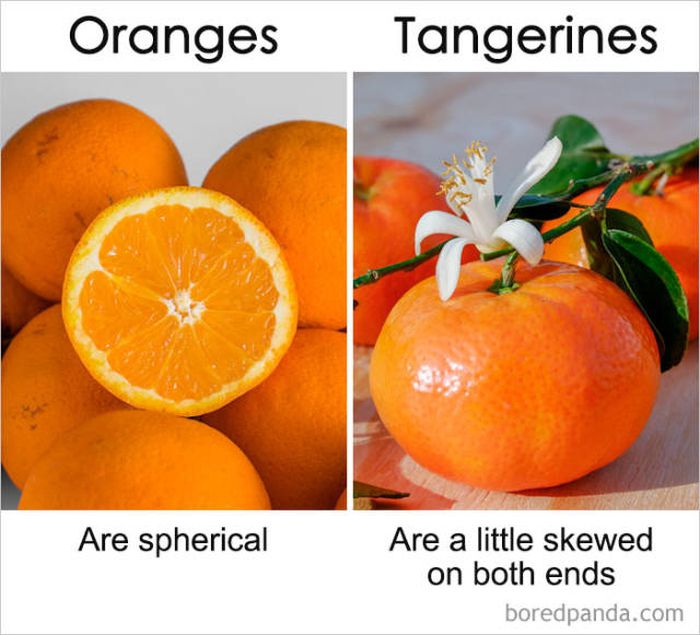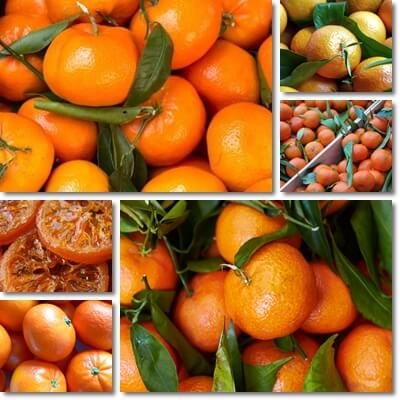

With both fruits containing about 0.1 milligrams of vitamin E per fruit, it’s not enough to bring about the beneficial effects associated with this nutrient. However, neither mandarine nor Clementine contains vitamin D. Vitamin D is an essential nutrient needed for various functions, including regulating the amount of phosphate and calcium in the body, supporting the immune system, boosting mood, and reducing the risk of depression.

So if you didn’t know which one to choose for your vitamin A, mandarins are the way to go. Clementine, on the other hand, lacks this essential vitamin. Mandarin is a good source of vitamin A, with a medium-sized fruit providing 599 IU, or 12 percent of your daily requirement. So while both fruits can provide vitamin C, clementines are a richer source compared to mandarin. One Clementine (74g) contains 36.1 milligrams of vitamin C, or 60 percent of your daily requirement, while one medium-sized mandarin (88g) contains 23.5 milligrams, or 39 percent of your daily requirement. While both varieties contain vitamin C, Clementine has slightly higher levels of vitamin c than mandarine. Mandarins are, however, more aromatic than clementines. While mandarin may have some sour taste, clementines are notably sweeter with no sour or bitter undertones. However, if you live where they are grown, you may start enjoying them as early as October. Mandarins are also in season during the cooler months from November through to April. Nonetheless, they are often available all year round, including summer times. Clementine vs Mandarin: HarvestĬlementines often hit the market in winter and are a common Christmas gift or centrepiece. Mandarins will always have nine segments, while Clementines can have eight to twelve segments. Most people have never paid attention to this but grab about two or three fruits from each category and peel off the skin. Clementine vs Mandarin: SkinĬlementines have shinier, bright orange skin, while mandarins have a darker orange shade than an orange. Mandarins can only retain their freshness for up to two weeks, while Clementines can last for as long as two months. That’s why Clementine can be stored longer and remain fresh and juicy, unlike mandarins.
#CLEMENTINE VS ORANGE SKIN#
On the other hand, Clementine has slightly thicker skin that allows the inner part to stay protected and not dry out. Clementine vs Mandarin: Peelīoth the peel of mandarin and Clementine are easy to peel, but the mandarin one is much thinner, making it more prone to pressure and water loss.

This makes them easy to eat and is the reason most people may prefer them over true mandarins. Like most citrus fruits, mandarins contain seeds in their flesh, while some clementine varieties do not. They both have a round shape with a flat top and bottom. Clementine vs Mandarin: Shape:īoth varieties are smaller than oranges, but the Clementine is much smaller than the mandarin. Most Clementines are grown in China but are also commonly grown in Morocco, Spain, and California. On the other hand, Clementine was first introduced in the 19th century by a French Missionary, Brother Clément Rodier, who found it growing in the garden of the orphanage he ran in Misserghin, Algeria. Mandarins were then carried to Europe, North Africa, Australia, and the rest of the world. Mandarins are believed to have originated in northeast India about 3000 years ago but found their way to China, where they were given the name mandarin. Differences Between Clementines and Mandarins 1. They almost look similar to oranges but are smaller and sweeter than oranges.
:max_bytes(150000):strip_icc()/clementine_annotated6-2edbde20ded54506b53894eceecd00c3.jpg)
What is a Mandarin (Citrus reticulate)?Īlso known as mandarin orange or mandarine, mandarin is a citrus fruit in the same family as lemons, oranges, lime, and grapefruit. That’s because it combines a mandarin orange and sweet orange. What is a Clementine (Citrus clementina)?Ĭlementine is a variety of mandarin, like tangerine, but it’s not a true mandarin.
#CLEMENTINE VS ORANGE HOW TO#
In this article, you will learn more about what makes them different, including their health benefits and how to add them to your diet. From their taste, texture, and health benefits, there’s always something to distinguish them. They have key differences that set them apart. See also Best Fruits with Vitamin A and Best Fruits for Healthy Bones. Have you ever wondered what’s the difference between clementine vs mandarin? Both fruits have a lot in common, including almost a similar appearance that someone may think they are the same, but they’re not.


 0 kommentar(er)
0 kommentar(er)
